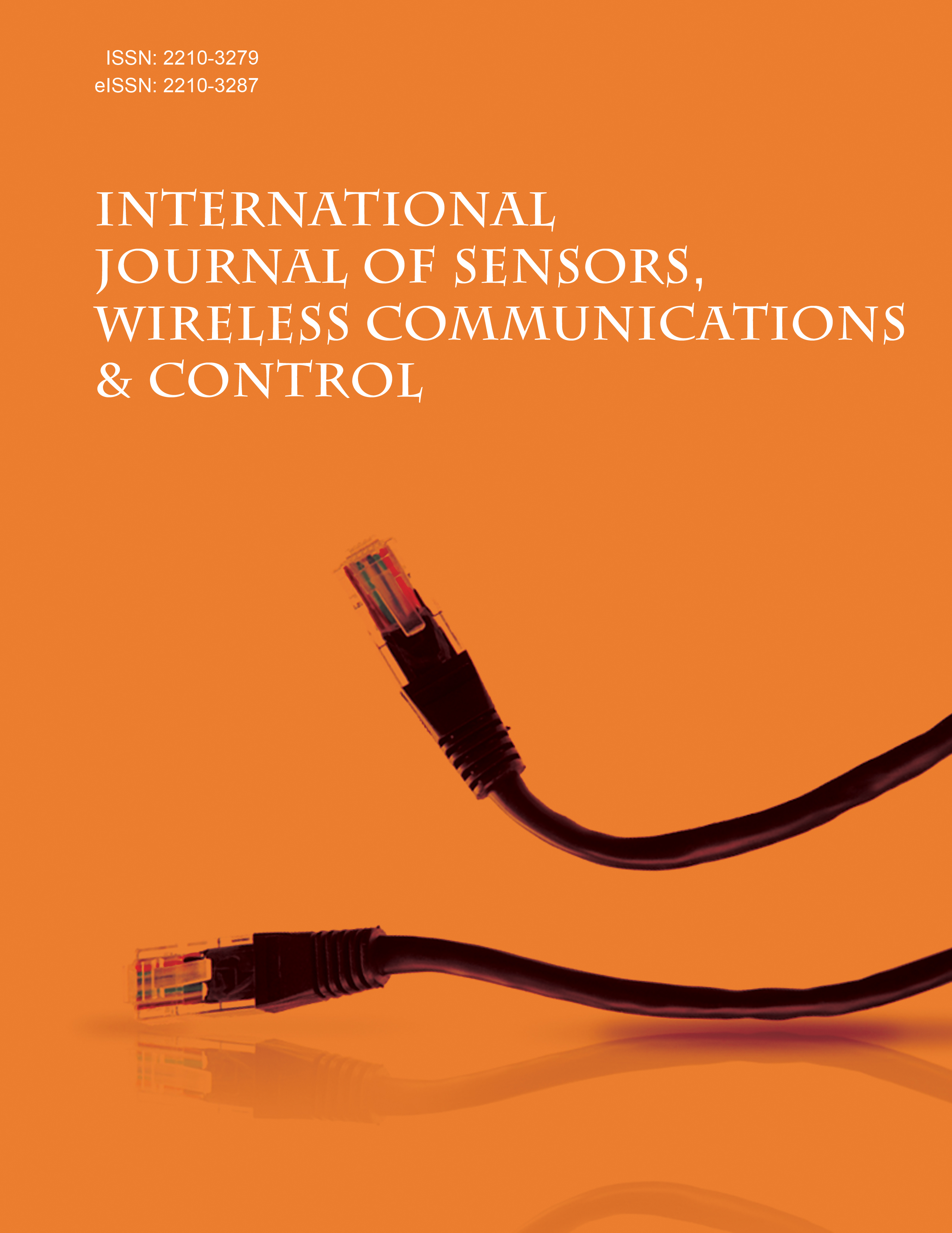
Full text loading...

These days, communication is governed by scaled-down devices with extremely high data transfer rates. The days of data transfer rates in megabytes are long gone and the systems are touching data speeds of hundreds of gigabytes. To cater to this requirement, the evolution of metasurface-based antennas working in the THz frequency range is gaining pace.
Metasurface layers in antennas have unique mechanical and electrical properties that make them feasible. Graphene is a preferred metasurface material when designing antennas. In this paper, two novel designs of graphene-based metasurface antennas are proposed. These patch antennas with graphene metasurface layers have two configurations for slotted patches. Both graphene and gold-slotted patches are tested in this paper, and results are presented and validated for various performance parameters like return loss, peak gain, peak directivity, and radiation efficiency.
The design of the proposed Graphene Patch Antennas (GPA) is done in HFSS, and once the design is complete, the data is collected for variations in antenna parameters and is further processed via machine learning for better convergence in terms of return loss using ensemble learning. Optimal tuning of antenna components like substrate length, patch length, slot width, etc., is done using two regressor algorithms viz Histogram-based Gradient Boosting Regression Tree (HBDT) and Random Forest Tree (RFT) in machine learning. The radiation efficiencies of the two designs presented in this work are 89.04%, 97.54%, an average radiation efficiency of of 93.29%. The bandwidth of the two antenna designs is 8.63 THz and 8.69 THz, respectively.
Experimental results indicate that the proposed designs are achieved better bandwidth, and radiation efficiencies compared to state-of-art designs.